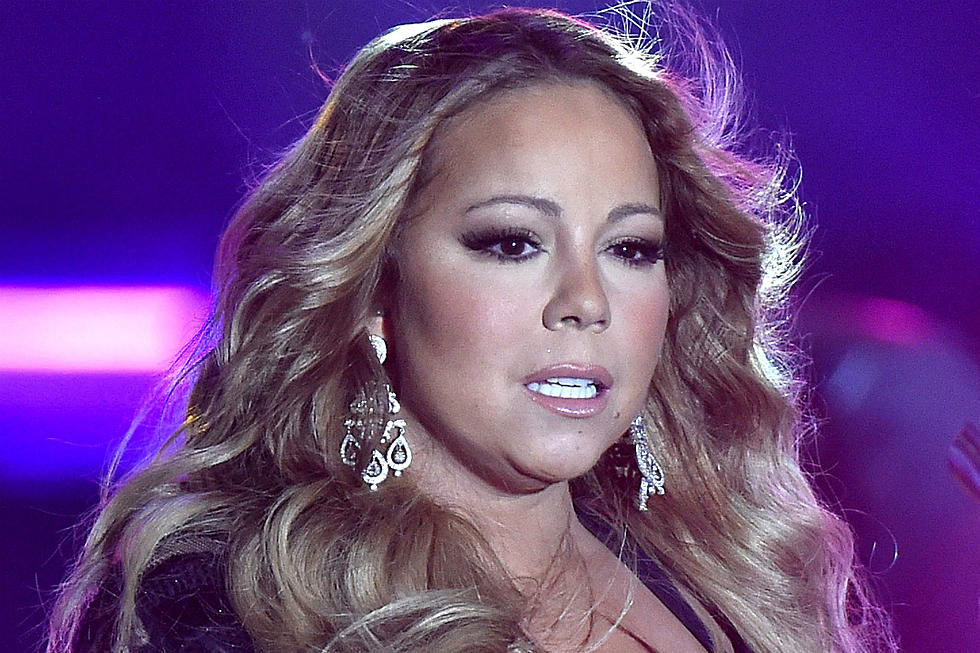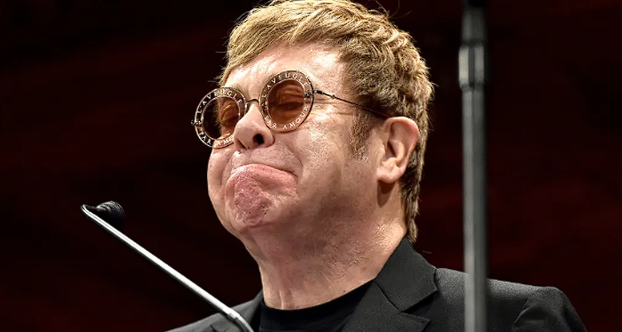Mariah Carey discusses her mental health in an honest way
With a phenomenally successful music career and millions of records sold worldwide, Mariah Carey is one of the most well-known figures in the world. The singer and actress has amassed a substantial fortune and established herself as a top performer in the entertainment business.
But celebrity and success are not the same as happiness and health. The busy schedules and way of life of a celebrity can have a negative impact on mental health. So how has Mariah Carey handled her current mental health situation?
After the success of her album “Butterfly,” Carey’s career was in one of its strongest phases in the late 1990s (1997). Everything appeared to be going smoothly, and following her divorce from tycoon Tommy Mottola, Carey dated Mexican musician Luis Miguel for three years until calling it quits in 2001. The singer was hospitalized for extreme tiredness as a result of one of the factors that caused her to emotionally and physically break down.

Mariah Carey received a bipolar illness type II diagnosis in the same year. This type of bipolar disorder causes episodes of mania as well as depression symptoms. Carey hid this diagnosis for a long time. She first discussed her battle with bipolar disease in a 2018 interview with People magazine, saying that she did not want to carry a stigma that could harm her career.
Carey must be commended for having the courage to speak up on such a private and delicate subject. She asked for assistance, and has since been receiving treatment. Her efforts were directed toward de-stigmatizing and normalizing mental health issues.
Why persons with bipolar disorder don’t immediately seek treatment
There are four distinct forms of bipolar disorder, or manic-depressive disorder, according to the National Institutes of Health. People with these conditions may experience strange changes in their energy, mood, and capacity for routine daily duties or activities.
Carey has type II bipolar disorder, which is a less severe variation of this condition than type I bipolar illness, which can cause full-blown manic episodes.
The National Alliance on Mental Illness states that mental diseases usually start after the age of 25, while they can occasionally start in adolescence and extremely infrequently in childhood. When the initial episode happens, assistance with managing this condition should be sought, but due to stigmas, many people are reluctant to do so.
According to psychologist Kay Jamieson in her book “Touched By Fire,” some people might not realize what is happening to them and may even think the changes brought on by the sickness are normal and present opportunities for productivity and creativity.




